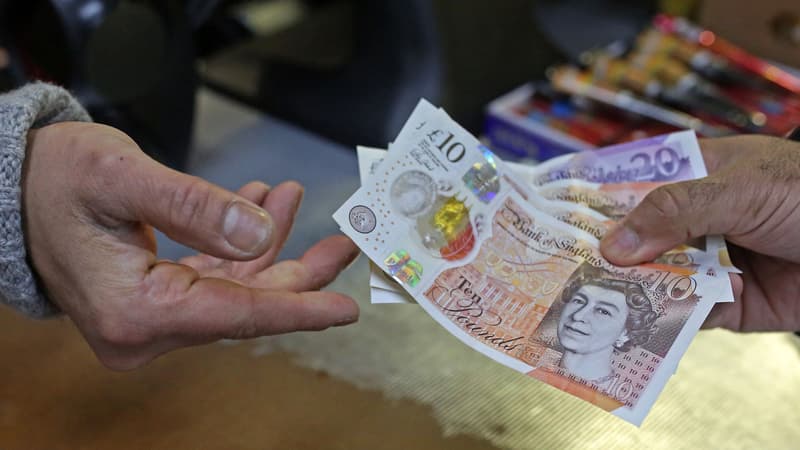Inflation in the United Kingdom, the highest of the G7 countries, did not fall in May as analysts expected, stagnating at 8.7% annually compared to the previous month, the Office for National Statistics (ONS).
The figure makes an interest rate hike by the Bank of England almost certain by Thursday, when it announces its new monetary policy decision, despite the cost-of-living crisis and the anemic economy.
Analysts had expected a modest drop to 8.4% on average.
And this, despite a drop in fuel prices, and a very slight slowdown in the rise in food prices, which remains at historically very high levels of 18.4% for May of one year.
Therefore, the Bank of England should raise its main interest rate again on Thursday, currently at 4.50%, with the question for economists now being whether the increase will be 25 basis points or 50 basis points.
Paul Dales of Capital Economics believes that “in both cases, accelerating core inflation (excluding food, energy, etc.) renders the UK an anomaly and a ‘stagflation nation’.”
At the same time, eurozone price inflation slowed somewhat more than expected in May to 6.1% after rising 7% in April and core inflation also moderated, strengthening the case for moderation. rate hike by the European Central Bank.
Source: BFM TV


